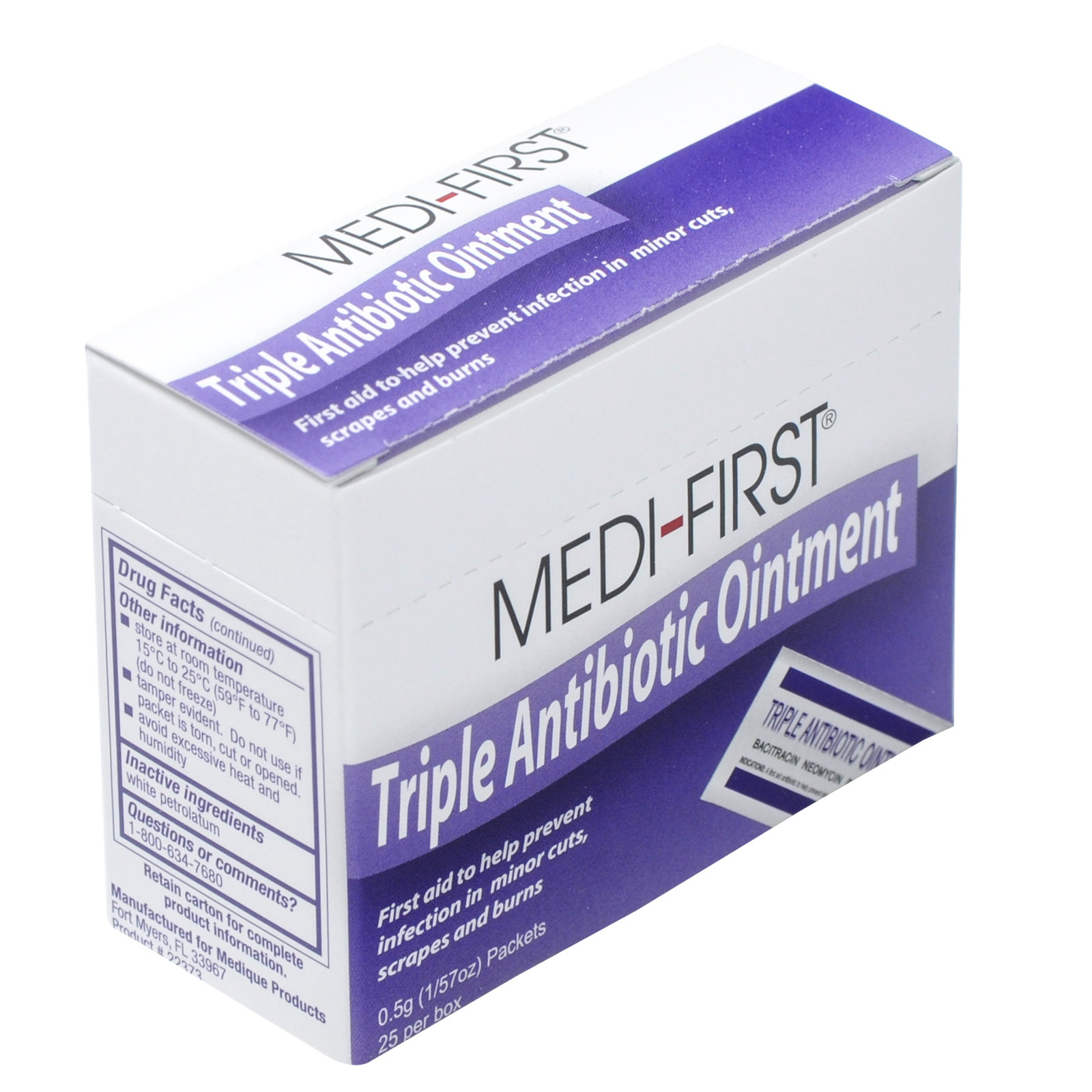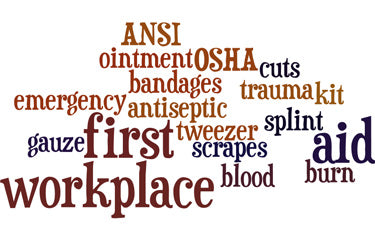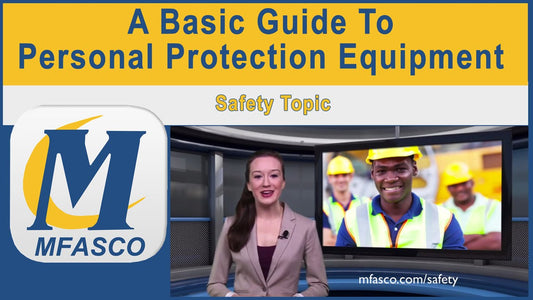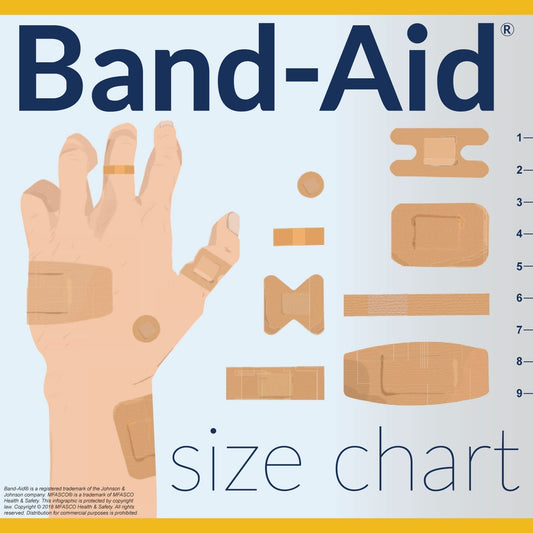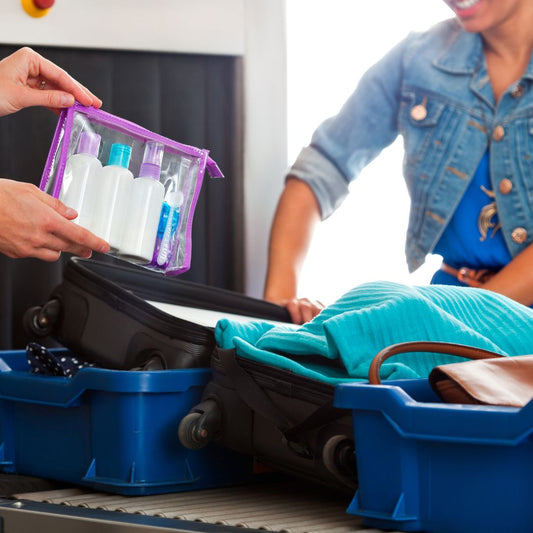First Aid for Hand Injuries: A Beginners Guide

It's hard to know what hazards will reveal themselves on a given job. No matter how much you reduce risks, accidents still happen, and one of the most common areas they occur is on your hands. While there's no excuse for not wearing hand protection for work-related tasks, there's also no excuse for being unprepared when injuries present themselves. Don't try to sort out injuries on the fly - have protocols in place and first aid supplies on hand. Mistakes happen, but how you respond to them can make all the difference in your workers' health and safety.
Know your PPE
Protective work gloves are job-specific for every task. Make sure that your employees are wearing appropriate hand protection for each job function. This precaution will help ensure you minimize the risk of injury. However, keep in mind that gloves are only a preventative measure, and won't be able to stop injuries altogether. Proper training is another crucial step so that your workers know how to safely handle tools or other items, wear PPE, and avoid unnecessary risks. Developing hand protection training can be tricky because people tend to learn solely based on their own mistakes. In other words, a person might think they are exercising safe practices right up to the moment he or she hurts him- or herself. Yet learning the hard way is problematic for obvious reasons. To prevent this, take a hands-on approach by identifying leaders who can seek out common work hazards and help make hand safety a priority.
"Workers use their hands for almost everything."
Be prepared for anything
The hands are susceptible to a wide range of injuries including cuts, scrapes, burns, punctures, fractures, and rashes, or in severe cases, risk of amputation. When these injuries arise, having a comprehensive first aid kit nearby is a must. Some cuts and scrapes will require little more than being well-cleaned and bandaged. Rashes can be avoided by having barrier creams and lotions available to workers. However, more traumatic injuries will necessitate larger measures. If a hand-wound looks serious, don't hesitate to send a worker to receive medical attention. Deep cuts, punctures, and other heavy wounds will likely require stitches. Since we use our hands so often, injuries can be prone to opening up or taking a long time to heal. This is another reason to have sanitation items such as soaps and sanitizers, as well as bandages and other first aid readily available. Often, employees may be tempted to return to work before an injury has fully healed and may need these supplies to safely clean and cover up wounds as they work.
Emphasize cleanliness
Workers use their hands for almost everything, making this area of the body particularly prone to getting dirty. For this reason, employees with hand injuries should be sure to wash their hands regularly, change their wound dressings when they fray or get dirty, and routinely apply antibiotic ointment or other appropriate sanitizing agents. The Mayo Clinic also recommends removing jewelry or other items from around the area of the injury to help reduce the risk of infection. Make sure that your first aid supplies are up to date and that the area in which they are kept is regularly cleaned and sanitized. Antibiotic creams and other ointments eventually expire and will lose their effectiveness. Therefore, it's important to regularly rotate these items and dispose of any supplies that have passed the expiration date. Also, throw away any supplies that are dirty or damaged.
First Aid Products & Accessories
MFASCO's Make a Kit Tool
Complete First Aid Kit Refill Packs
Reorder Lists for First Aid Kits
Additional Resources for Reordering First Aid Kits & Supplies
Top 8 First Aid Kit Types
What is in a First Aid Kit?
Essential First Aid Kit Supply List
Contributing Expert

Mike Brinker
Mike Brinker has been working in the first aid industry for over 35 years. He has worked with thousands of businesses,groups, and organizations to provide a healthy and safe work environment. Mike helped create “Make-A-Kit”, the internet's only online first aid kit creation tool. He has also authored many helpful first-aid and safety-related resource articles found at the MFASCO Learning Center.

